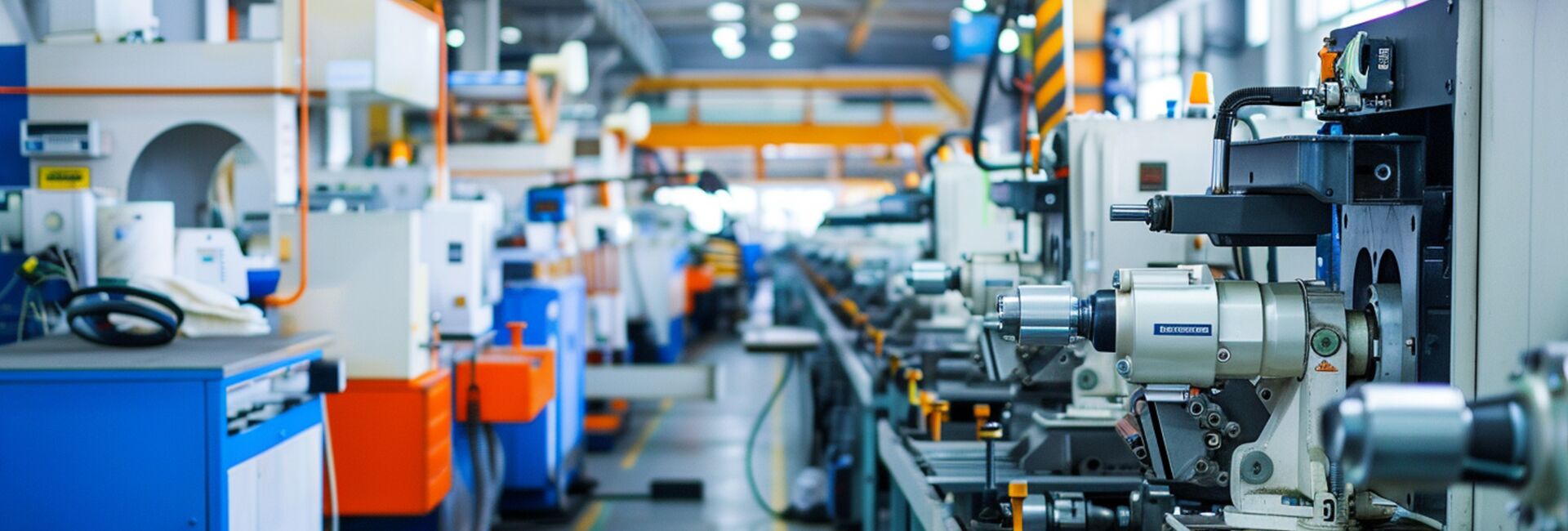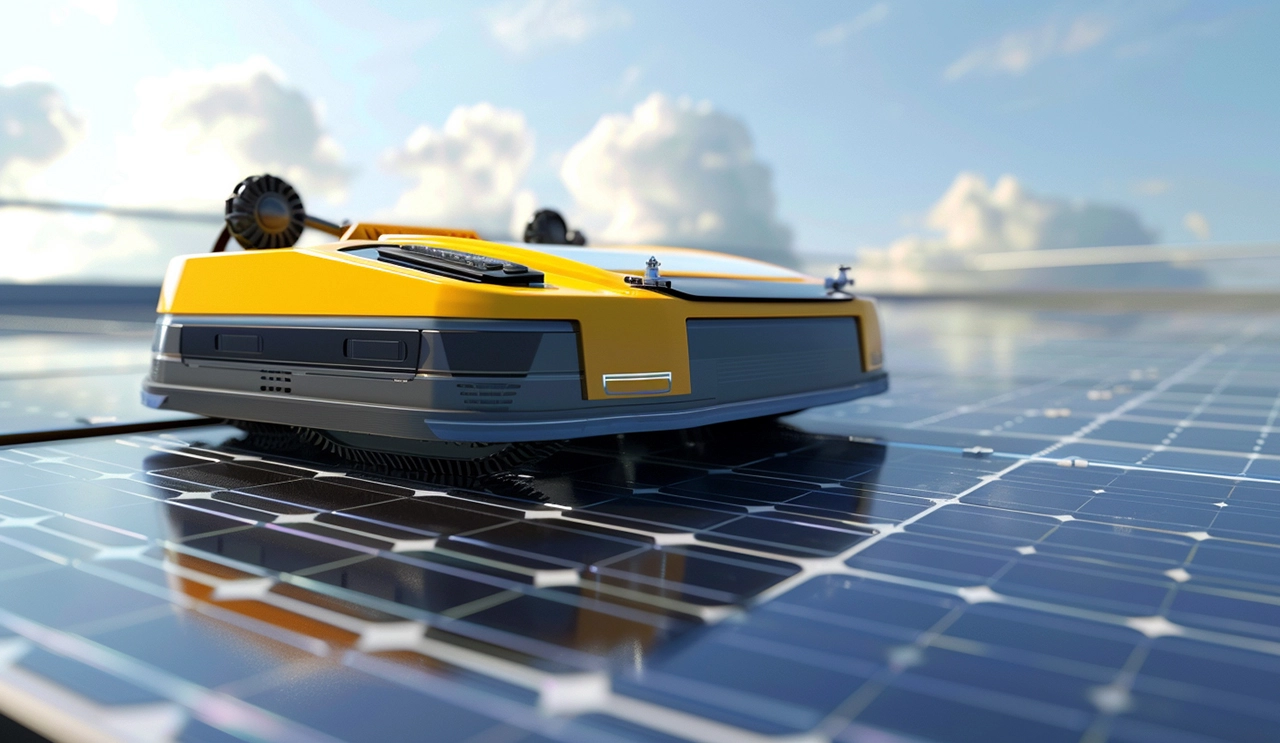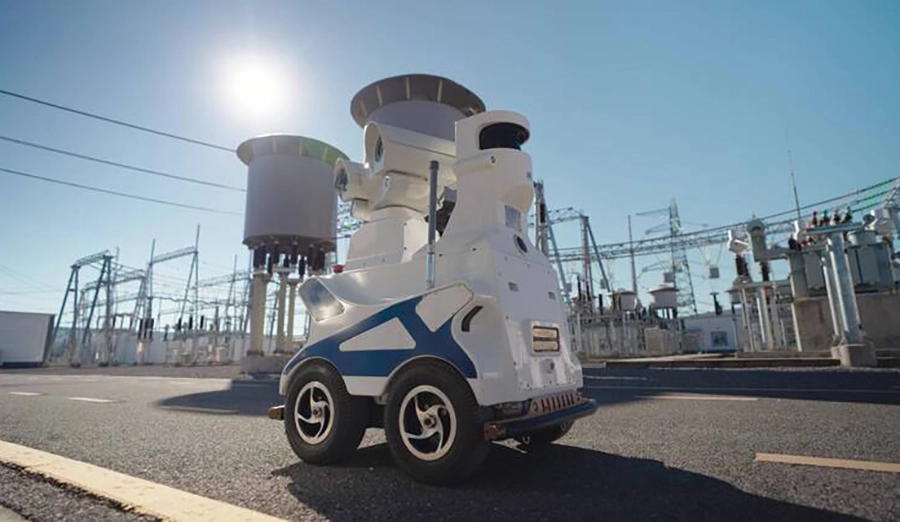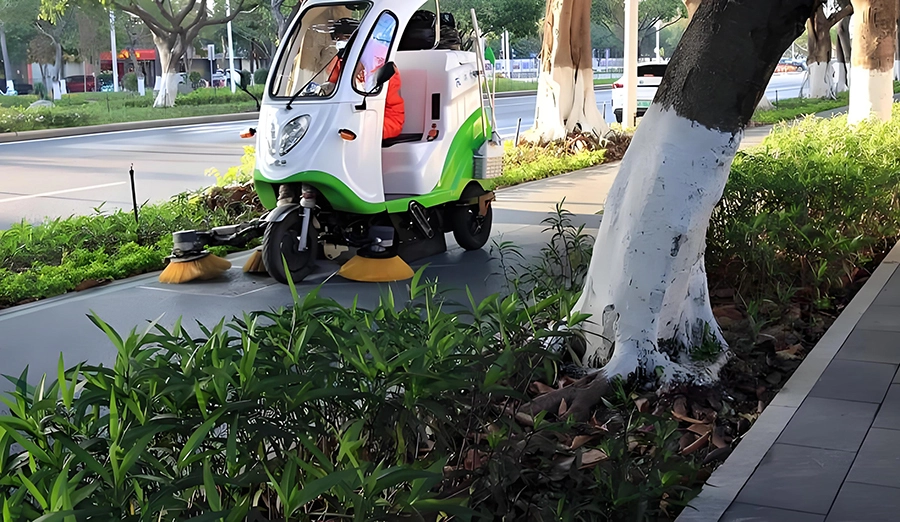
WIRELESS CHARGING IN THE NEWS
In the field of wireless charging for industrial robots, Magnetically Coupled Resonance (MCR) technology is gradually replacing the traditional inductive charging scheme due to its high-efficiency transmission and strong anti-offset ability. The engineering practice of parity spacetime shows that this technology can solve the core pain points such as difficult charging and positioning of robots and low energy efficiency by precisely controlling the distribution of electromagnetic fields.
I. Technical Principles and Industrial Adaptability
Resonant frequency matching mechanism
The coils at the transmitting end and the receiving end operate at the same resonant frequency (typically 85kHz-205kHz), forming a high-intensity energy channel. Parity spatiotemporal test data show that when the frequency matching deviation is less than 0.1%, the transmission efficiency can reach more than 92%, far exceeding the traditional electromagnetic induction technology (70%-80%).
2. Breakthrough in anti-offset characteristics
Through three-dimensional magnetic field topology optimization, the parity spacetime scheme maintains an energy efficiency of over 85% with a horizontal offset of ±10cm, adapting to the positioning error of AGV docking.
Ii. Solving the three major problems in the robot scenario
Penetrate non-metallic obstacles
The resonant magnetic field can penetrate the robot shell materials such as plastic and wood. The parity space-time module is embedded in the robot's protective layer to avoid the risk of physical exposure.
2. Multi-device interference suppression
By adopting frequency division multiplexing technology, independent resonant frequency bands are allocated for multiple robots in the same scene. Parity space-time enables 12 AMRs to charge in parallel in an automotive factory with zero cross-interference.
3. Temperature rise control
The dynamic impedance matching algorithm will control the temperature rise of the coil to ensure the safety of lithium batteries.
Iii. Engineering Innovation of Parity Space-time
• Adaptive tuning system: Real-time monitoring of load changes, automatic compensation for frequency drift, and response to variables such as metal proximity and battery aging.
• Modular design: The power at the transmission end ranges from 120W to 6kW, meeting the charging requirements from warehouse AGVs to heavy robotic arms.
• Energy efficiency certification: Passed industrial-grade energy efficiency standards, with system loss less than 8% under full-load operation.
The magnetic coupling resonance technology has proved its reliability in complex industrial scenarios through the engineering practice of parity spacetime. With the mass production of the new generation of anti-metal interference coils of Parity space-time, this technology will accelerate the evolution of robot wireless charging from "usable" to "efficient and essential".







